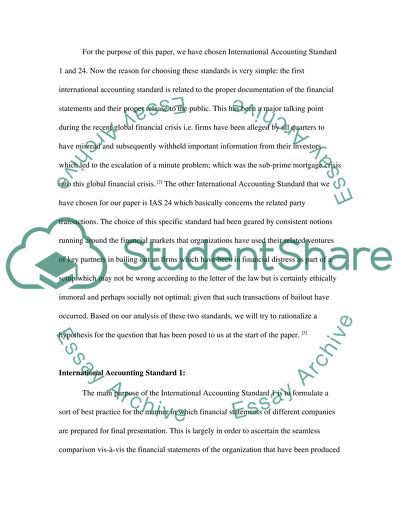Cite this document
(“International accounting standards Research Paper”, n.d.)
International accounting standards Research Paper. Retrieved from https://studentshare.org/finance-accounting/1530372-international-accounting-standards
International accounting standards Research Paper. Retrieved from https://studentshare.org/finance-accounting/1530372-international-accounting-standards
(International Accounting Standards Research Paper)
International Accounting Standards Research Paper. https://studentshare.org/finance-accounting/1530372-international-accounting-standards.
International Accounting Standards Research Paper. https://studentshare.org/finance-accounting/1530372-international-accounting-standards.
“International Accounting Standards Research Paper”, n.d. https://studentshare.org/finance-accounting/1530372-international-accounting-standards.


